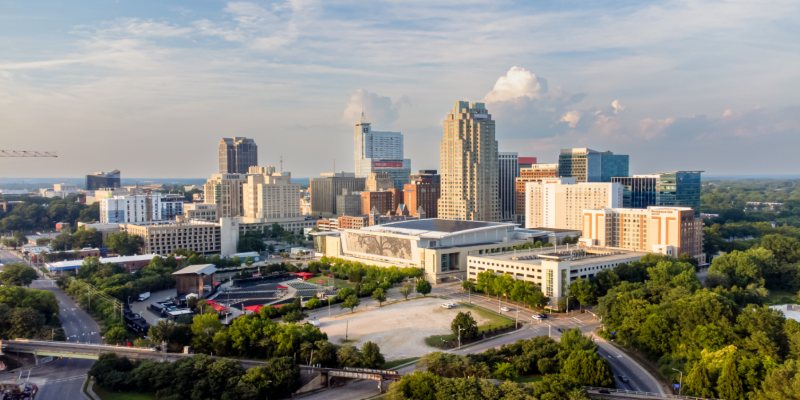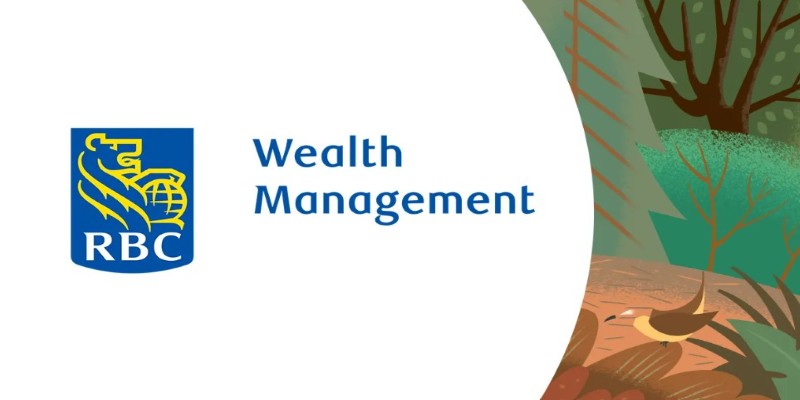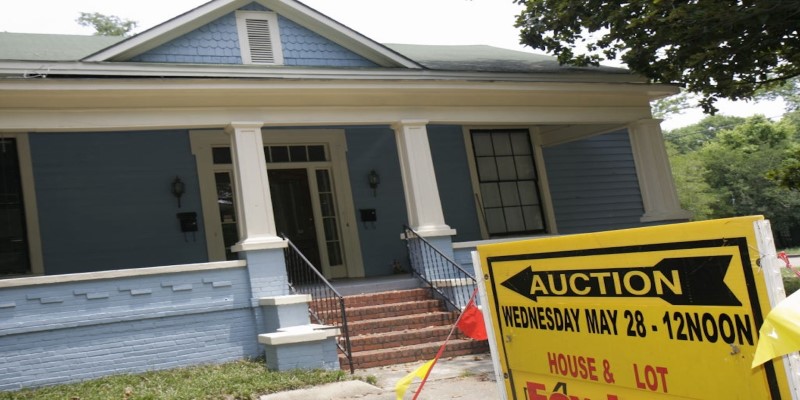Real estate isn’t what it used to be. Brick-and-mortar investments used to mean simply owning a home in a neighborhood you knew. Now, thanks to better data, wider access to financing, and a global appetite for diversification, investors are scanning maps, tracking metrics, and zeroing in on cities they’ve never even visited.
But the real estate market is fickle—it reacts to job growth, interest rates, local policy, and even remote work culture. That’s why choosing the right city matters more than ever. If you’re looking to put your money in a place that’s likely to grow, not just survive, certain cities stand out from the rest.
Understanding What Makes a City Real Estate-Friendly
Before rattling off a list of zip codes, it's worth understanding why certain cities outpace others. It’s not just about high rents or home prices. A good real estate investment city typically hits a mix of factors: strong population growth, job market stability, rental demand, affordable entry points, and favorable landlord laws. Investors also look at infrastructure—things like transit options, upcoming commercial developments, and school districts.
Another rising influence is migration. As people leave expensive metro areas like New York or San Francisco for cities with lower costs of living and more space, those receiving cities become prime targets. Investors are following the trend, snapping up properties where demand is beginning to spike, but supply is still catching up.
It's also not just residential. In many mid-sized cities, commercial real estate and mixed-use developments are becoming a powerful draw. Cities that support small business growth and flexible zoning laws are laying the groundwork for real estate that appreciates both the economy and the community.
Cities That Are Gaining Investor Attention
Austin, Texas, has become something of a cliché in real estate circles, but the truth holds: it's a city with legs. Thanks to its booming tech industry, top-tier universities, and a young, skilled workforce, Austin keeps attracting both tenants and homebuyers. While the home prices are no longer as low as they were five years ago, rental yields remain attractive. Plus, with Tesla, Oracle, and other firms planting roots there, job growth continues to rise, which fuels demand for housing.

Raleigh, North Carolina, is another rising star. With its proximity to Duke University and Research Triangle Park, Raleigh benefits from a constant influx of educated professionals and steady income earners. Real estate here is more affordable than in many coastal cities, and the city's growth doesn't show signs of slowing. For those who prefer single-family homes in suburban neighborhoods with reliable long-term tenants, Raleigh is a sweet spot.
Boise, Idaho, has surprised many investors in recent years. What used to be a sleepy capital city turned into a fast-growing destination during the pandemic as remote workers sought more space and better affordability. Though prices surged fast, they've begun to stabilize, and demand still outweighs supply. Its combination of natural beauty, low crime, and friendly business climate makes it more than a short-term play.
Tampa, Florida, rounds out the list with its strong mix of weather, jobs, and tax benefits. Florida has no state income tax, which is a draw on its own. But Tampa also has one of the fastest-growing job markets in the state, particularly in healthcare and finance. With its coastal appeal and relatively low housing costs compared to Miami or Orlando, Tampa has become a magnet for both retirees and working families. This blend means consistent rental demand and strong resale potential.
Notably, Columbus, Ohio, is now making waves for being more than just a Midwest sleeper. It’s home to a diverse economy—tech, insurance, education—and is attracting Gen Z and millennial renters in droves. With major development projects underway and property taxes remaining moderate, the city offers low entry costs and reliable appreciation over time.
These cities all balance something investors need: they’re affordable enough to buy into without insane competition, yet they’re dynamic enough to expect strong returns. They also benefit from better zoning, pro-growth policies, and investment in infrastructure—signals that cities are building for the future, not just reacting to the present.
Risks and Realities of Real Estate Investment by Location
Not every fast-growing city is a safe bet. Cities like Phoenix or Las Vegas have seen major real estate booms followed by sharp corrections. That’s why an investor has to go beyond population numbers or hot headlines. Real estate is local, and even within “top cities,” not every neighborhood performs equally.

Investors need to factor in risks like climate exposure (think hurricanes in Florida or wildfires in California), tenant laws (California’s rent control vs. Texas’s landlord-friendly laws), and economic concentration (cities overly reliant on one industry can collapse if that sector falters).
Another challenge is oversaturation. When a city becomes a buzzword in real estate forums, it often means the deals are already drying up. Timing, in this game, is just as critical as location. Buying during a peak cycle can leave an investor stuck with an overpriced property that underperforms for years.
Smart investors are doing hybrid research—mixing on-the-ground scouting with data analytics. They look at rental vacancy rates, cap rate trends, new construction permits, and municipal plans. In this context, even smaller cities like Chattanooga or Des Moines may present better long-term growth than overpriced metros.
And don’t forget about financing. While cities might be appealing on paper, your access to favorable mortgage rates or local lending conditions can tip the scales. Some regions offer better investor loan products or allow more flexible down payment structures, which impacts return on investment more than location alone.
Conclusion
Real estate success isn’t about chasing trends—it’s about choosing cities with real staying power. The best places to invest offer job growth, rising populations, solid infrastructure, and affordability. Cities like Austin and Columbus prove that substance beats hype. Smart investors dig deeper than headlines and focus on long-term fundamentals. As the market shifts, preparation matters more than prediction. Real estate remains a hands-on investment, but where you buy makes all the difference. Choose with intent, and let your investment grow over time.












